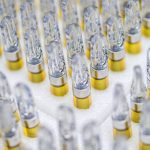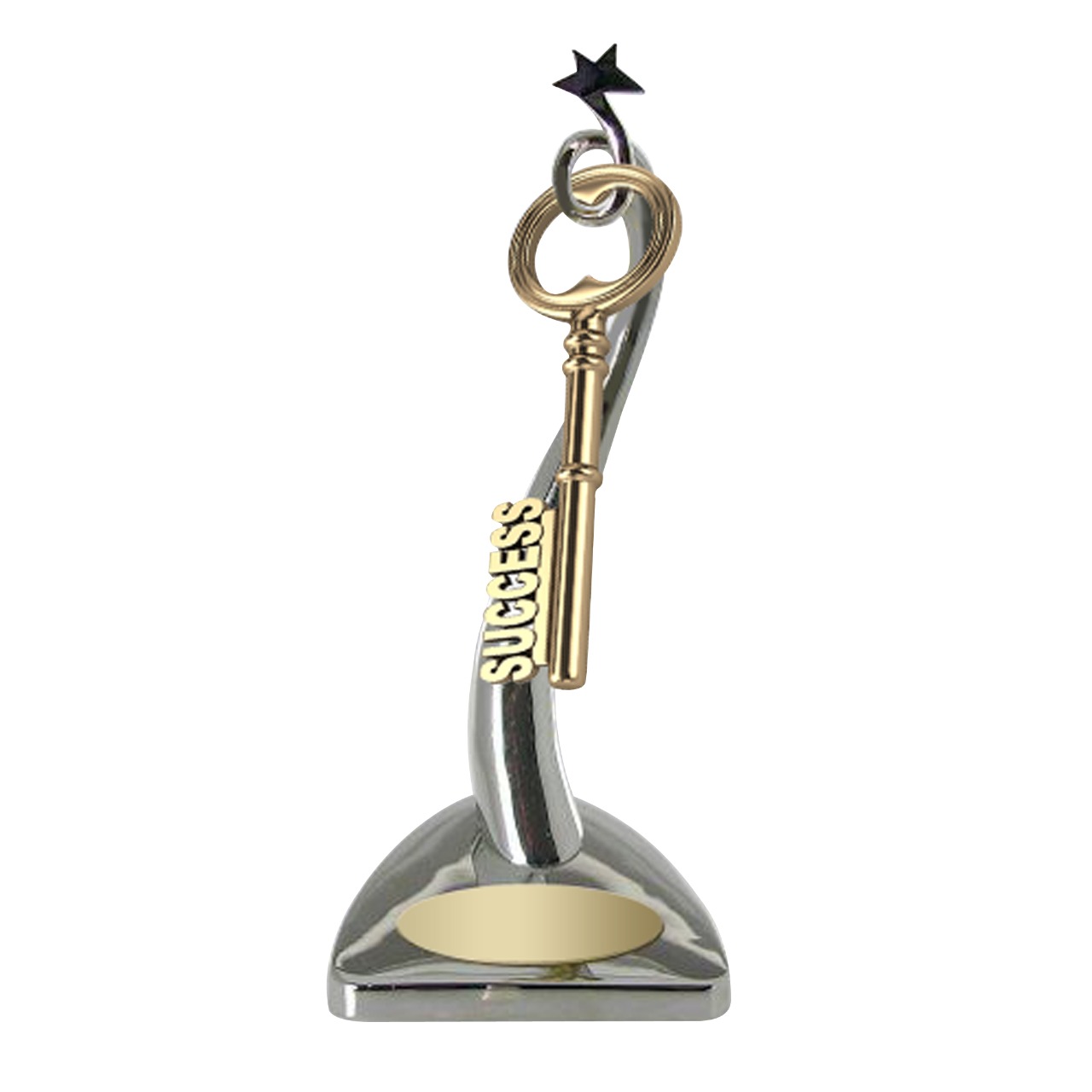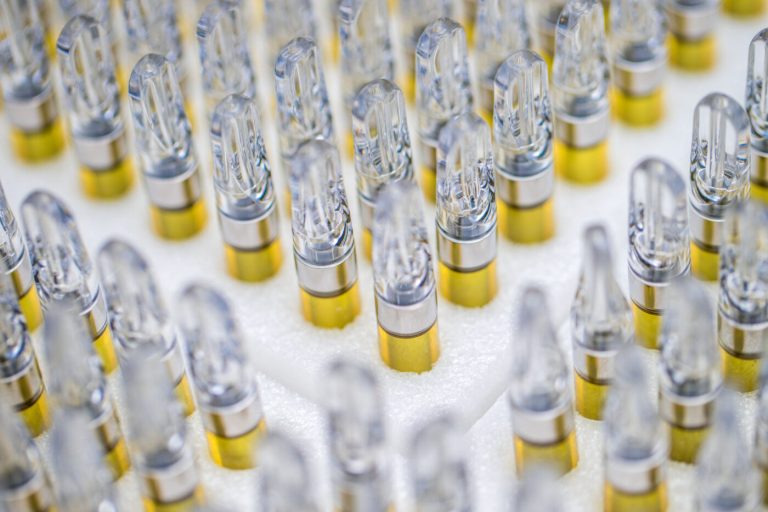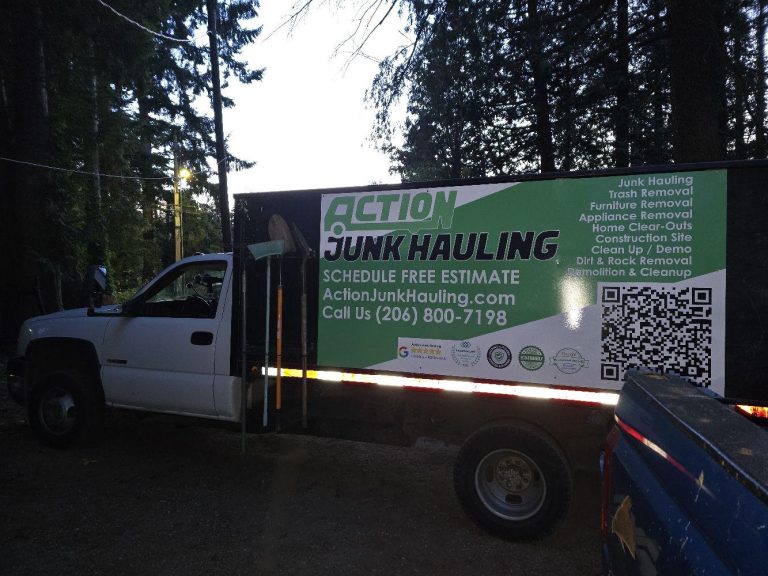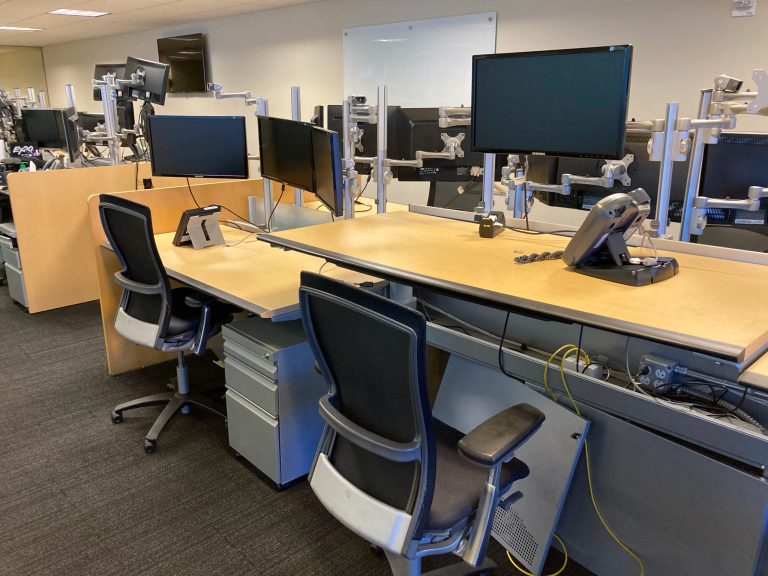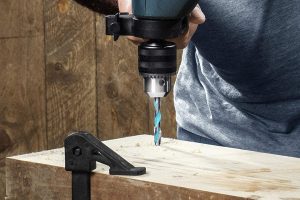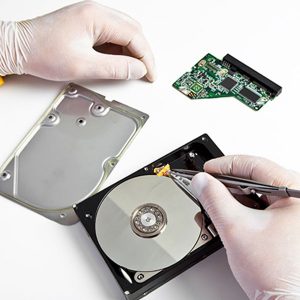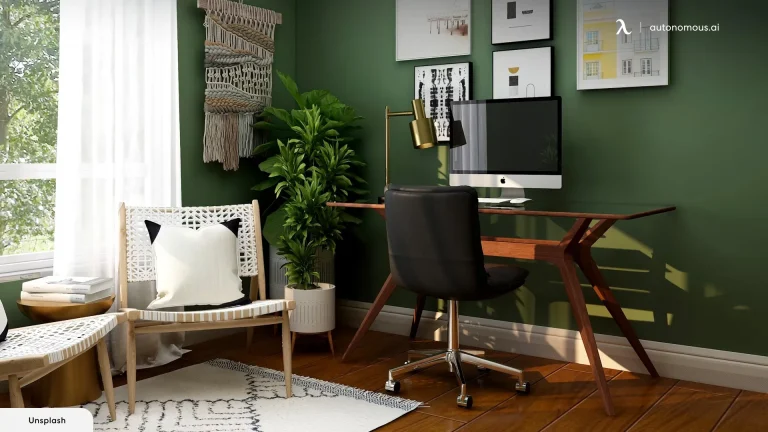The manufacturing process involves
- Different methods get used for making components of the prize. The manufacturing components are either molded using steel dies or extruded with pressure and heat via a die. Injection molding gets used for the majority of the pieces, including the risers, base, and figure. Continuous steam of plastic pellets is fed into an automated feeder system to form a plastic component in the crystal trophy.
- The molding machine gets equipped with extremely costly, custom-made steel dies. The machines melt the pellets into a liquid and produce the trophy bases, risers, and figures by applying extreme pressure to the dies. Each cycle, the dies create up to 12 components of a single design.
- The bases must next get filled with gypsum to give them sufficient weight while avoiding the use of fragile plastic. Figures that will not get a silver or gold-tone finish are virtually finished and put through the machine, ready to be assembled at the shops.
- Figures that will get metalized are placed on the hot stamp foil machine by an operator. The plastic figurines get cleaned with a top coat, then heated and pressed with metal foil. Those sections that will be colored as well as metalized get similarly ornamented. The figurines have been removed from the machine and are being packaged and delivered to assemblers.
- Plastic pellets are fed into a machine, melted, and then pushed through a forming die to create the columns. They are chopped to the desired length as they pass through the die. These, too, move away from the machine and are ready to be boxed. Extruded plastic gets used to make this item.
- A machine mechanically bags and boxes the components, making them ready for shipping to the assemblers.
Quality control
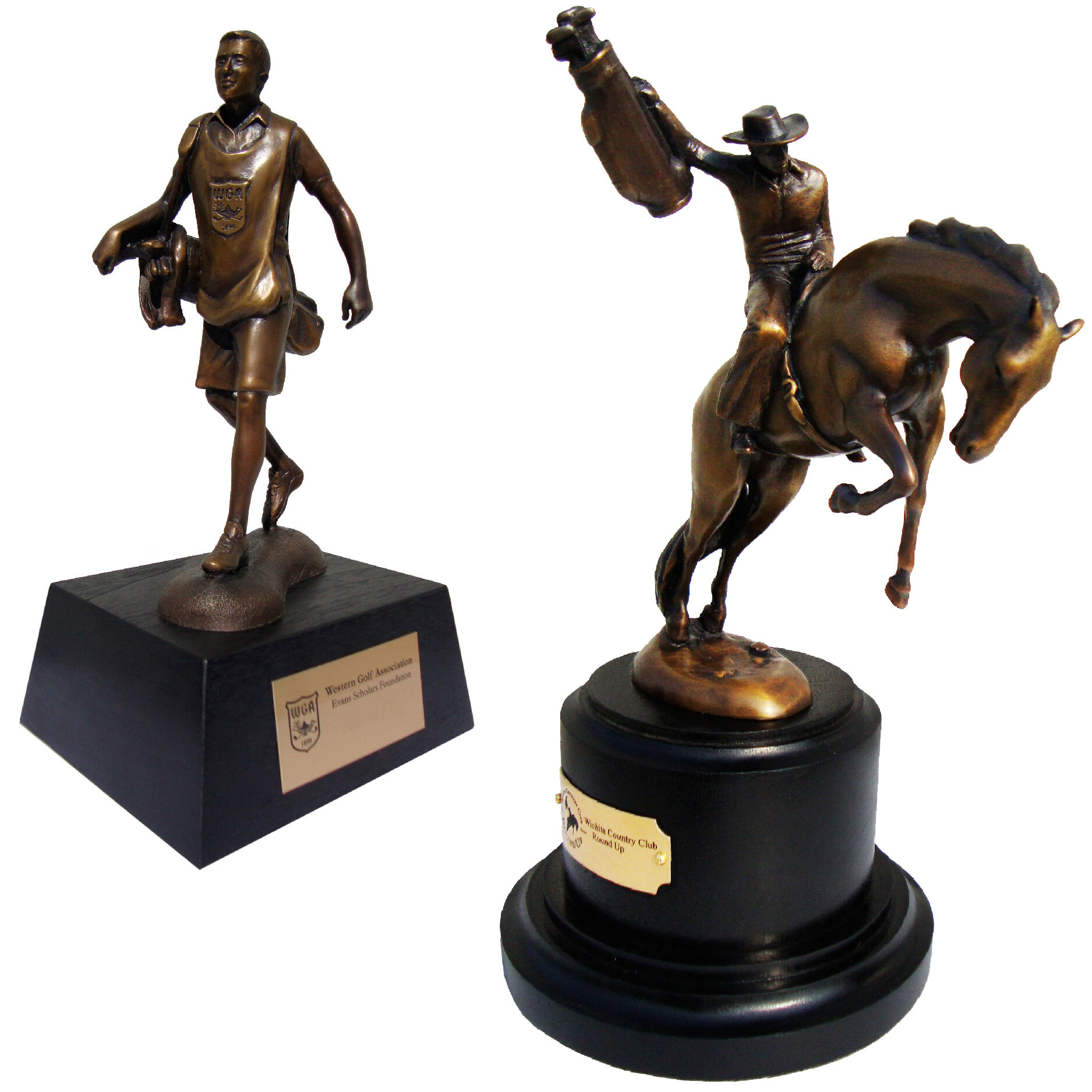
To ensure the manufacture of accurate, high-quality components, precision machinery, including steel dies, is examined, maintained, and cleaned regularly. Upon arriving at the facility, all materials, from metal foil rolls to various polymers used in manufacturing, are certified. After the trophies have constructed, a series of inspectors scrutinize them as they exit the line, searching for unacceptable variances in the molded pieces and the appropriate color.
Waste
Parts that fail quality inspection get categorized by plastic-type and color, then reground for use in another product or component after sometimes. The figurines and clear vinyl or acrylic plinths for specialized crystal trophy, on the other hand, are manufactured entirely of new materials.
Plastic molding and extrusion equipment generate a certain quantity of waste plastic. Inside such industries, air scrubbers are getting utilized. Water discharged from such plants may contain the odor, which is reclaimed and cleaned by plastic molding firms.
